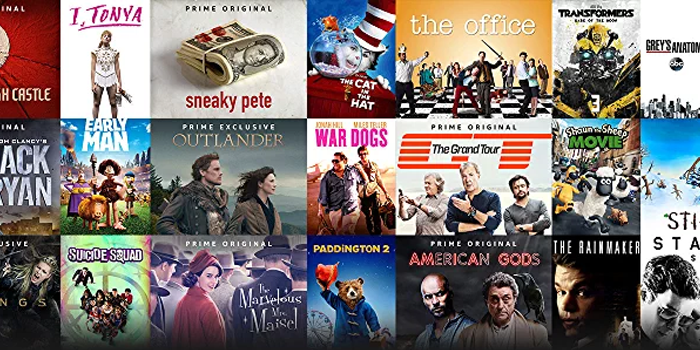

Jimmy's Food Factory Season 1
Watch Trailer
Jimmy's Food Factory Season 1 Full Episode Guide
Jimmy uncovers the tricks and techniques that food producers use to ensure we can enjoy favourite foods whenever we want. In the barn, Jimmy makes a first attempt at turning some of his own farmed pork into square sandwich ham. He also tries to copy the trick that banana suppliers use to artificially ripen green imported bananas so they are ready for the supermarket. Jimmy copies the square ham factory production processes using 100 hypodermic needles, a bicycle pump, a cement mixer, a tin bath and a length of square drainpipe. He completes his investigation into science trickery by discovering how fish farmers fool their fish into believing it's summer when it's winter, so that farmed salmon is available all year round. He also uncovers the trick farmers use to produce mushrooms out of season.
In this programme Jimmy investigates the science behind our favourite snack foods. Can you describe the flavour of fizzy cola? Experts say cola's flavour includes lavender and coriander as well as orange, lime and lemon. After a supermarket taste test, Jimmy attempts to mix his own cola syrup and inject some fizz. He also tries to work out how to make potato into hoops, twirls and other shaped snacks. Jimmy's snack food production line consists of drainpipe, a hand-mincer and a water cooler bottle. How will they help him reveal the secrets behind our favourite snack foods? Jimmy visits the biggest ice cream factory in the world in his quest to discover the secret ingredient that makes ice cream the only food we can eat straight from the freezer. He also visits one of the world's biggest crisp factories to discover why the perfect crunch makes eating crisps so enjoyable.
In this programme Jimmy tries to copy some of the methods food companies use to preserve food to make it safe to eat weeks, months or even years after it is produced. Why do peas have to be frozen within hours of picking and why is factory freezing quicker than home freezing? Jimmy also attempts to suck all the water out of strawberries so they can be added to a box of breakfast cereal. Jimmy copies the factory preserving processes using a leaf blower, a vacuum cleaner, two dog bowls, and the flexible hose from an extractor fan. Jimmy also investigates what is done to chilled ready meals to make them safe to eat after a week, and is surprised to discover that the answer is not artificial preservatives but clever use of heat. He also goes inside the world's biggest baked beans factory to discover how they make canned food safe to store in our cupboards for months and even years.
In this programme Jimmy opens the fridge door to see what is done to make even nature's simplest foods safe for us to eat. He starts with milk. Every day in the UK 36 million litres are produced, but before it arrives on the supermarket shelf it is pasteurised and homogenised - but what does that involve? He also attempts to make his own reduced fat spread to find out what they do to vegetable oil to make it spreadable. Jimmy copies the modern dairy processes by assembling his own production line using a high pressure washer, a tin bath, a fire extinguisher, a car jack, fence posts, a stepladder and a collection of buckets. He is also surprised to unearth some of the imperfect wrinkly eggs that never make it onto the supermarket shelves and discovers how bacteria are used to turn milk into Red Leicester cheese.
In this programme Jimmy opens the fridge door to see what is done to make even nature's simplest foods safe for us to eat. He starts with milk. Every day in the UK 36 million litres are produced, but before it arrives on the supermarket shelf it is pasteurised and homogenised - but what does that involve? He also attempts to make his own reduced fat spread to find out what they do to vegetable oil to make it spreadable. Jimmy copies the modern dairy processes by assembling his own production line using a high pressure washer, a tin bath, a fire extinguisher, a car jack, fence posts, a stepladder and a collection of buckets. He is also surprised to unearth some of the imperfect wrinkly eggs that never make it onto the supermarket shelves and discovers how bacteria are used to turn milk into Red Leicester cheese.
In the first programme Jimmy makes breakfast from scratch. Why is the most nutritious part of the corn removed from cornflakes? Why do some cereal manufacturers add iron and other vitamins? If instant coffee isn't made by grinding up coffee beans, how is it made? To find out Jimmy uses a floor sander, tumble dryer, laundry mangle and kitchen bins to copy the industrial grinders, dryers, rollers and vats used inside the real factory. To complete his breakfast menu, Jimmy heads away from the barn to discover that some cows at a farm in Devon are being milked by robots and how a muddy root vegetable is turned into pure white sugar.
Seasons



